The tornado season in Virginia can be a daunting time for residents. With so much destruction and loss of life in recent years, it is natural to have questions about what you can do to protect yourself and your loved ones. In this article, we will answer some of the most common questions about tornadoes in Virginia. We will also provide some tips on how to stay safe during this dangerous season.
Table of Contents
What is a Tornado
A tornado is a large funnel-like column of air that forms at the base of a thunderstorm. Tornadoes can strike at any time of year, but they are most likely to occur in mid-late spring and early summer. When a tornado is approaching, straight-line winds can reach incredibly high speeds. Because of this, tornadoes can cause significant damage to homes and businesses, and they can be deadly
Tornadoes form when warm air rises rapidly through a layer of cooler air. The spinning action of the rising air starts to rotate the column of air below it at high speed (upwards of 300 mph!). If this column extends all the way to the ground, you have yourself a tornado! Most tornadoes in Virginia occur as part of a large thunderstorm system, which is why you often hear a tornado warning issued along with a severe thunderstorm warning. Tornadoes usually form in the spring and summer months when the weather is most unstable.
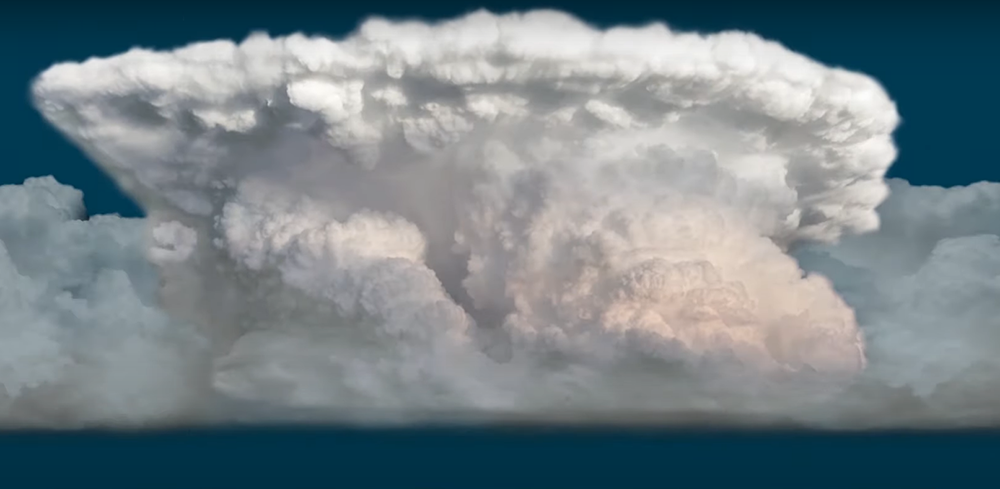
When tornadoes are about to form, it’s hard to locate them because they are invincible to the eye. However as they grow stronger, they accumulate more and more debris, dust and water droplets. This makes their funnel-like shape visible.
Another factor that can contribute to tornado formation is something called wind shear. This is when there are strong winds that blow in different directions at different levels of the atmosphere. This can cause the rotating updrafts that are necessary for tornado development. [1], [2], [3]
The Consequence of a Tornado
Tornadoes can cause immense damage to property and human life. It is important to be aware of the dangers they present and take steps to avoid them or minimize the impact if one does occur.
One of the most significant dangers posed by a tornado is flying debris. This can include everything from small objects like sticks and stones, to large pieces of debris like cars and pieces of buildings. The wind generated by a tornado can propel this debris at high speeds, making it incredibly dangerous. Injuries caused by flying debris are some of the most common injuries associated with tornadoes.
Another danger posed by tornadoes is the risk of being sucked into the vortex. This can happen if you are caught in an exposed area, such as a field or parking lot. The suction can be strong enough to lift people and vehicles into the air and carry them for long distances. This can obviously lead to serious injuries or even death.
Tornadoes can also cause damage to property by generating high winds and heavy rains. These conditions can cause buildings to collapse, trees to fall, and power lines to come down. In addition, tornados can create large waves on lakes and rivers, which can damage docks, boats, and other waterfront property. [1], [3]
How Common Are Tornadoes in Virginia?
While Virginia is not technically part of Tornado Alley, it is still located in an area that is susceptible to these powerful storms. The peak season for tornadoes in Virginia is in April-May and September, these are the months when the majority of storms are occurring in the state.
On average, Virginia sees about 12 tornadoes each year. However, the number of tornadoes in Virginia has been on the rise in recent years.
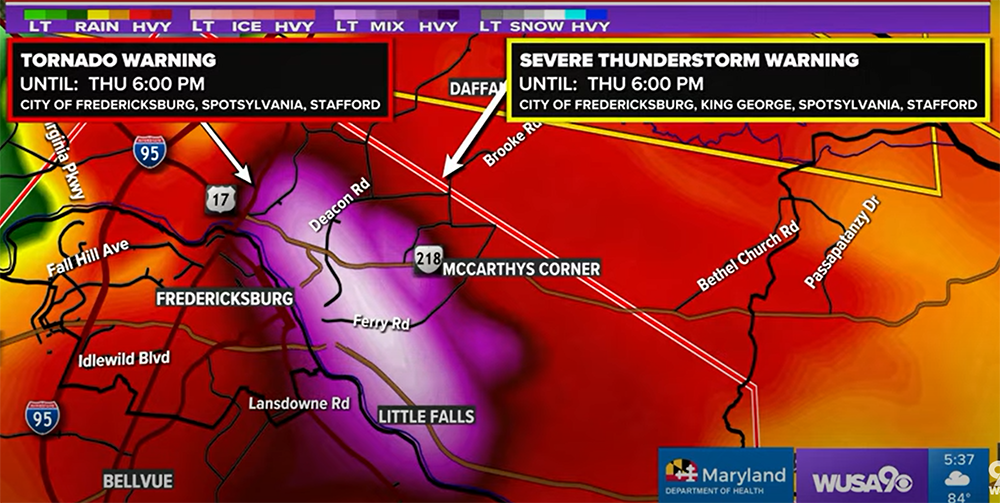
While the number of tornadoes in Virginia has been increasing, the severity of these storms has not necessarily followed suit. The majority of tornadoes that do occur in Virginia are classified as EF0 or EF1 on the Enhanced Fujita Scale. This means that they typically produce winds between 65 and no more than 11 mph, and cause light damage to homes and businesses. [4], [5], [6]
Evaluation of the Tornado Intensity
The Enhanced Fujita Scale (EF-Scale) is used to rate the intensity of tornadoes in the United States, and is also used in Canada. The EF-Scale was developed in 2007 by a committee of experts on tornadoes and hurricanes, replacing the original Fujita Scale which was developed in 1971.
The EF-Scale rates tornadoes from EF0 to EF5 (the most severe). The ratings are based on damage inflicted by the tornado. Tornadoes are rated after they have happened, using information from eyewitnesses and damage surveys.
The ‘weak’ tornadoes (EF0 and EF1) account for the majority of tornadoes, they cause very little damage like broken tree branches and minor damage to mobile homes. That doesn’t mean that you should completely ignore the tornado warnings however. Wind speed of weak tornadoes can still reach up to 112 mph, which is enough to cause serious injury.
Finally, we have the ‘violent’ tornadoes (EF4 to EF5), which are very rare but extremely destructive. These tornadoes can level houses, overturn vehicles and throw objects through the air. Their speeds can exceed 200 mph.
As you can see, all types of tornado can cause serious damage and injury, which makes them so feared. [3], [7]
What Influences the Destructive Power of a Tornado?
As we mentioned before, the wind speed is one of the most important factors that determine how destructive a tornado can be. The faster the wind, the more damage it can cause.
However, wind speed influences the other factors that affect the destructive power of a tornado. One of these factors is the size of the tornado. A large tornado can do more damage than a small tornado, even if they have the same wind speed.
Another factor that affects the destructive power of a tornado is its path length. A long-track tornado (one that travels for a long distance) can do more damage than a short-track tornado because it has more time to cause damage.
Finally, another factor that affects the destructive power of a tornado is the amount of time it spends over a populated area. A tornado that spends a long time in a city will cause more damage than one that only spends a short time in the city, even if they have the same wind speed and path length.
All of these factors (wind speed, size, path length, and time spent over a populated area) affect the destructive power of a tornado. [3]
Which Parts of Virginia Are Under the Biggest Risk of Tornadoes?
The risk of tornadoes is highest in the mountainous areas of western Virginia. The Appalachian Mountains act as a barrier to the westward movement of storms, so the risk is highest in the eastern and central parts of the state. For example, Chesapeake Bay is considered a high-risk area for tornadoes.
However, that doesn’t mean that other areas are completely safe. In fact there is hardly a county in Virginia that hasn’t been hit by a tornado at some point. So it’s important to be prepared no matter where you live. [4], [5], [6]
How to Protect Yourself During the Tornado Season?
Differentiate between tornado watch and tornado warning
The first way to protect yourself during the tornado season is to know the difference between a tornado watch and a tornado warning.
A tornado watch means that conditions are favorable for a tornado to develop. This means that you should be prepared and keep an eye on the sky in case a tornado does form.
A tornado warning means that a tornado has been sighted or detected by radar. This means that you should take cover immediately.
Tornado watches and warnings are issued by the National Weather Service. You can sign up for their email or text alerts to stay up-to-date on the latest weather conditions.
Knowing the difference between a tornado watch and warning can help you stay safe during the tornado season.
Be up to date with weather situation
Being up to date with weather information in your area in general is extremely important in tornado season. This means knowing what the weather conditions are like and being aware of any severe weather warnings that have been issued.
You can get this information from a variety of sources, including TV, radio, newspapers, and online news websites. The National Weather Service also has a website (weather.gov) where you can find information about the current weather conditions and any severe weather warnings that have been issued.
Another way to get information about the current weather conditions is to use a mobile app like Weatherbug or AccuWeather. These apps will give you real-time updates on the current conditions in the vicinity.
Know the signs of a tornado
To protect yourself during the tornado season, it is wise to know the signs of a tornado.
There are three main signs that a tornado is about to form:
- A dark, greenish sky
- A large, dark cloud (such as a thunderstorm cloud) rotating quickly
- A loud rumble, similar to the sound of a freight train.
If you see any of these signs, it means that a tornado might be forming. You should take cover immediately and go to the lowest level of your house or building. If you are outdoors, you should try to find a ditch or culvert to take shelter in.
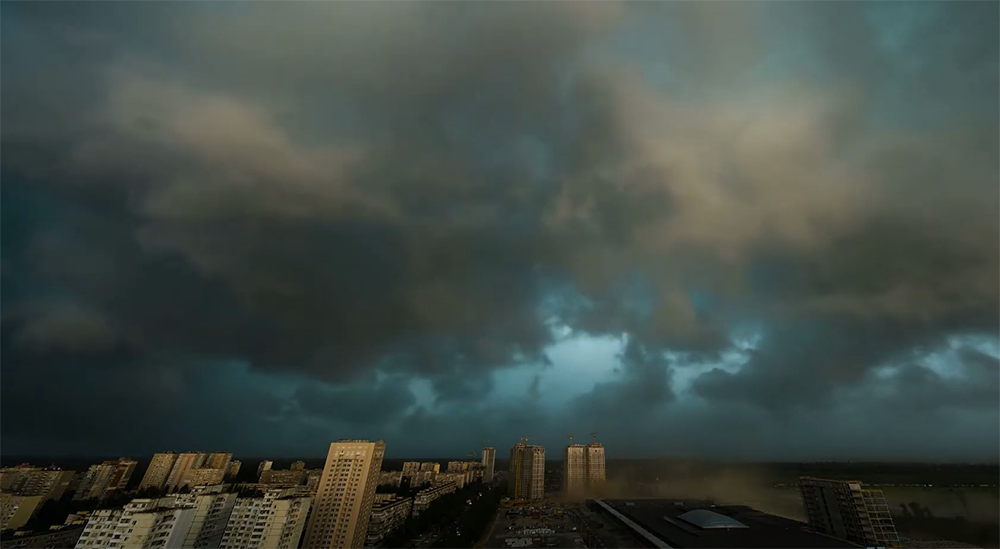
Create an emergency evacuation plan
You should also have a backup plan in case your first choice isn’t available. And make sure everyone in your family knows the plan and where to meet. It’s best to practice the evacuation route with your family so that everyone knows what to do and where to go if a tornado does strike.
Gather an emergency kit
Another important part of preparing for the tornado season is to have an emergency kit ready. This kit should include things like food, water, first-aid supplies, and a flashlight. Phone chargers or power banks are also a good idea.
Pick a safe place to seek shelter in
Your last line of defense during a tornado is to find a safe place to take shelter. The best option is an underground storm cellar or basement. If you don’t have access to one of these, you can try to find a small room on the lowest level of your house or building.
Make sure that this room has no windows. Once you’re in this room, cover yourself with something sturdy like a mattress or blankets and wait for the tornado to pass. [3], [8]
FAQ
Is Virginia a part of Tornado Alley?
No, Virginia is not a part of Tornado Alley. But due to the climate and geography of the state, it is still susceptible to tornadoes.
What parts of Virginia get tornadoes?
Tornadoes in Virginia usually occur in the areas near the mountains or near the coastline. The most common area for tornadoes to occur are the Appalachian Mountains, from there they move across the state.
The Piedmont region is also a target for tornadoes, as is Hampton Roads which experiences the most tornadoes of any location in Virginia. Chesapeake Bay is also vulnerable.
However keep in mind that the exact location where tornadoes appear or move to are hard to guess, in fact tornadoes can happen anywhere in Virginia.
What month do the most tornadoes in the US happen?
The peak month for tornadoes in the United States is April. In an average year, around 250 tornadoes are recorded during the month of April. May is also a significant month for tornadoes, with an average of around 200 per year.
Tornado activity then starts to decline during the summer months, before increasing again in September and October. Actually, the majority of tornadoes in Virginia occur between April and September. However, it’s important to remember that they can happen at any time of year.
Useful Video: Tornado Season Forecast 2022, Spring La Nina or El Nino?
Conclusion
Virginia may not be located in Tornado Alley, but that doesn’t mean it’s immune to tornadoes, so it’s important to know when you should expect them. The tornado season in the state typically lasts from April to September, with the peak in these two months. This is because Spring and Fall create favorable conditions for hurricanes to form. Make sure you’re prepared for this dangerous weather event by knowing what to do when a tornado warning is issued in your area. Stay safe during the tornado season!
References:
- https://www.vaemergency.gov/threats/tornadoes/
- https://www.nssl.noaa.gov/education/svrwx101/tornadoes/
- https://www.britannica.com/science/tornado/Occurrence-in-the-United-States#ref730315
- https://www.groundzeroshelters.com/virginia-tornado-facts
- http://www.virginiaplaces.org/climate/tornadoes.html
- https://www.fallschurchva.gov/268/Tornadoes
- https://www.weather.gov/mkx/taw-tornado_classification_safety
- https://www.cdc.gov/nceh/features/tornadosafety/index.html

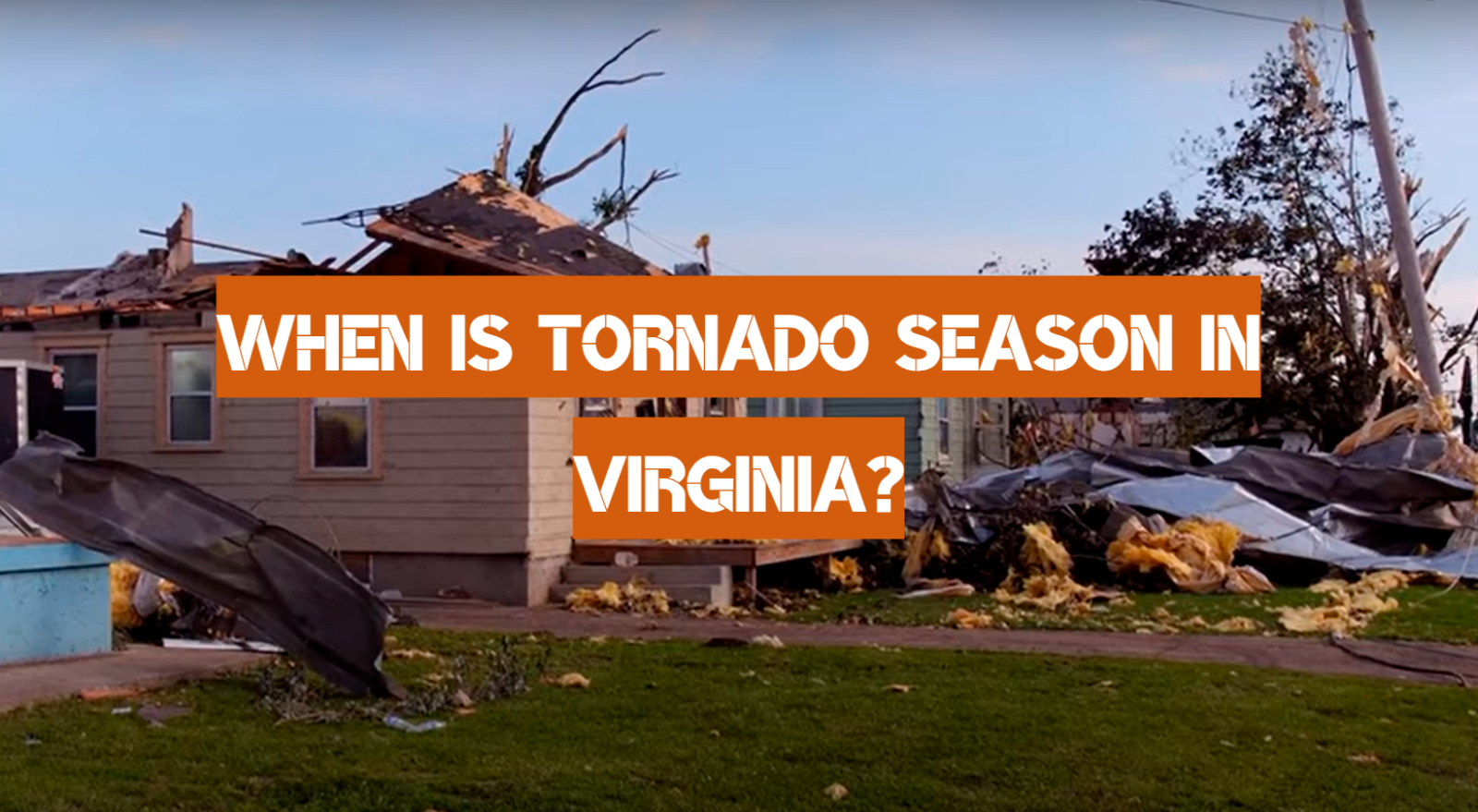

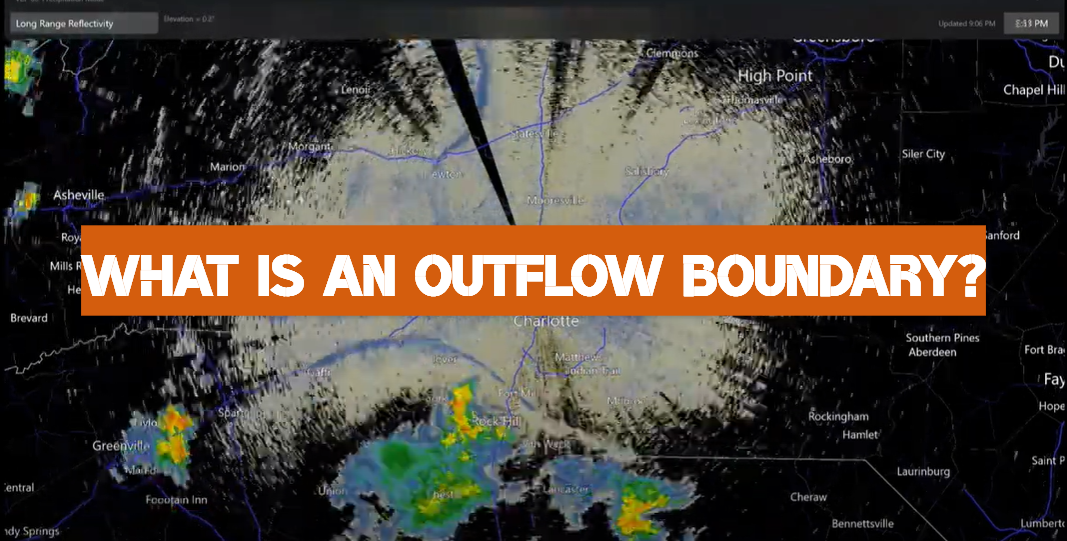
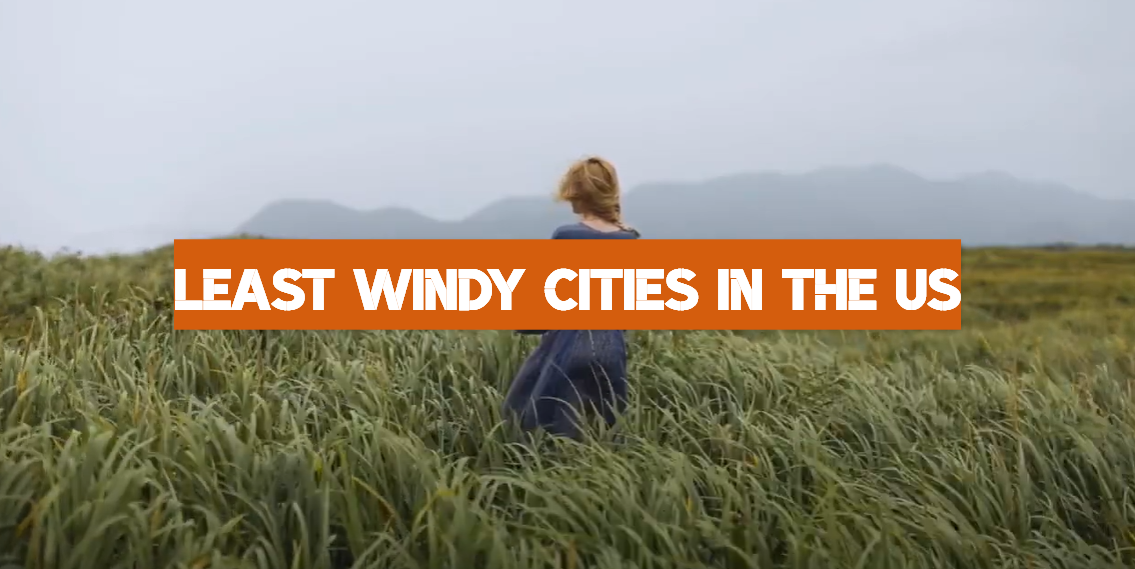
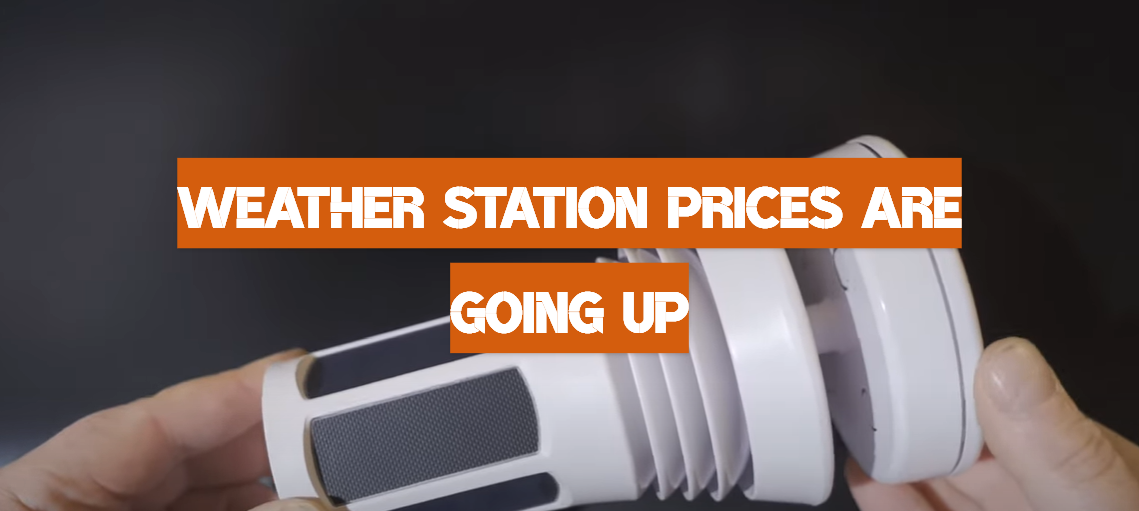
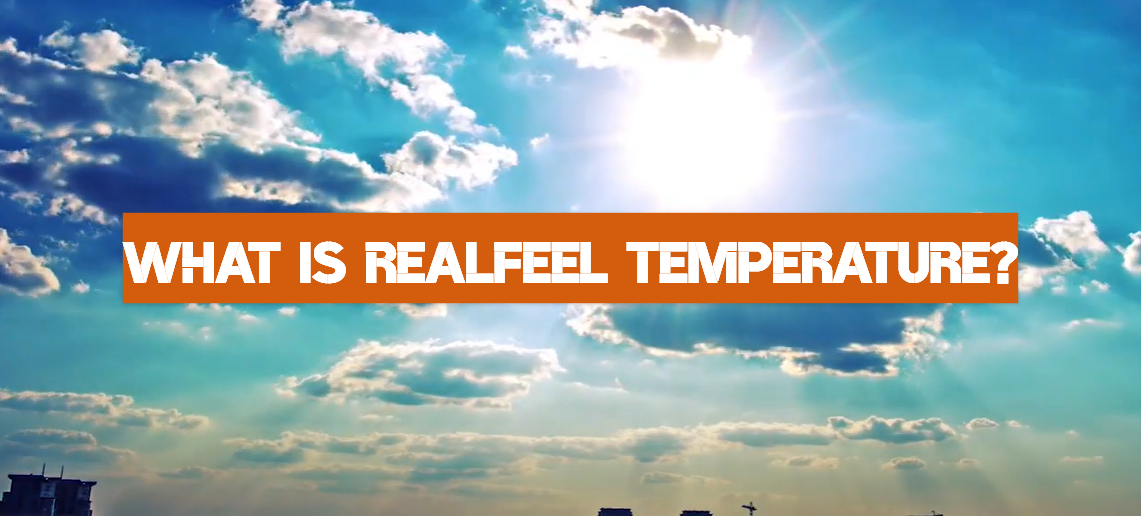
Leave a Reply